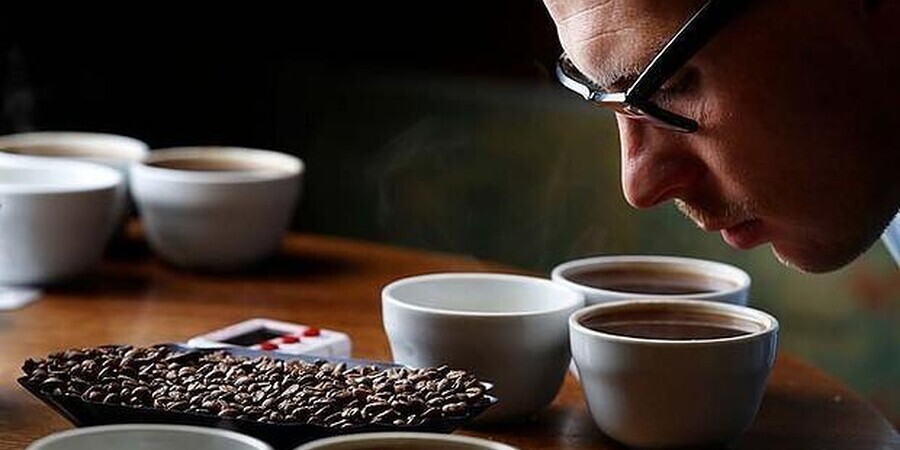Philadelphia, PA - You Don't have to be a professional coffee taster to have all the fun from coffee. the ‘cuppers’ seem to have all of it, over and above their usual coffee-buying, judging, and writing reviews. But you can also enjoy the flavors of Tanzanian Peaberry, Monsoon Mysore, and the rest if you wish to.
Professional Coffee Taster To Have All The Fun From Coffee
Coffee is judged by the professional ‘cupper’ through its many attributes, like the smell, taste, flavor, body, acidity, and several others. You can also simulate a professional setup with some simple arrangements. First, you must have an abundant supply of fresh, filtered water. The best ground coffee can lose all the charm if made with ‘stale’ or tainted water. Water often absorbs smell from the air or may contain sulfur. Sometimes mildew in water pipes can alter the taste of water. never use distilled water as it contains an excessive amount of softening salts.
Keep an array of small glasses, small bowls, and measuring spoons on a tray. And, of course, you need the coffee.
Then keep boiled water ready. You have to grind the coffee beans in a burr grinder. Different settings of the mixer are needed for different trials of coffee. Surprisingly, grinds make all the difference to the taste of coffee.
Then soak any kind of coffee for a few minutes. You can filter the liquid or scoop out a little with a spoon to smell it. Take a deep breath to let the smell sink in. Then taste the liquid with your tongue. Don’t drink it. Roll it in your mouth, then spit it out in a container.
What is your impression? did you find it woody or somewhat winey? did you think it to be acidic or smooth? Was the aroma flowery or like pepper? Coffee comes in a large variety of flavors and tastes. Of course, it is grown in a large variety of soil and climates, and preparation is equally diverse.
You can taste a wide range of coffee – for example, the Kenyan AA looks darker and is different from a cup of Colombian which is more floral. The Yemen Mocha, again, is different and tastes and smells like wine.
Altering the grind and roast can make a lot of difference to the taste and smell of coffee. Try from a rough to a smooth grind; colors vary from light to dark; tastes vary from American to Viennese.
Usually, two tablespoons (10 grams) of coffee is needed for every six fluid ounces (180 ml ) of water. The temperature of the water is around 200 F (93C). You can adjust any of these basic profiles as you try different methods and tastes.
The other important attributes based on which coffee is adjudged are as follows :
Acid – a dry taste. Prominent in Mexican coffee. Milder in beans from Sumatra. Here age and roast make a big difference.
Aroma – the steam or vapor gives out the smell, which can be fruity or herbal. Kona coffee, for instance, has a floral smell.
Bitter – you can sense this taste by the back of your tongue. It comes from caffeine and other components. For instance, robusta is more bitter than Arabica.
Body – how ‘thick’ is the brew? American roasted coffee is light when compared to dark French coffee.
Nuttiness – this is a sign of poor-quality coffee beans. It is the result of aldehydes and ketones and tastes like roasted nuts.
Sharpness – this is the result of a mixture of acids and salts. You can have a pronounced effect on the cheap robusta beans.
So go ahead and experiment with as many tastes, countries, and smells as you like, and soon, you will become a self-styled coffee expert!


